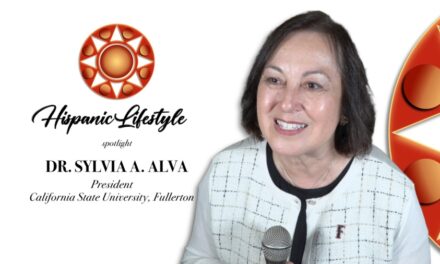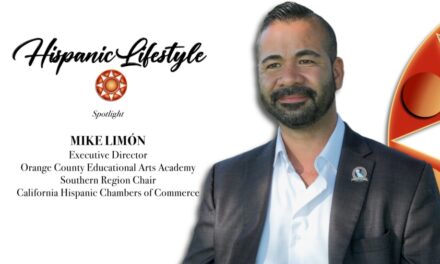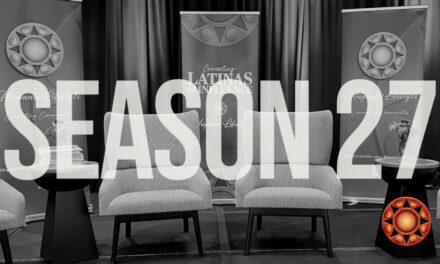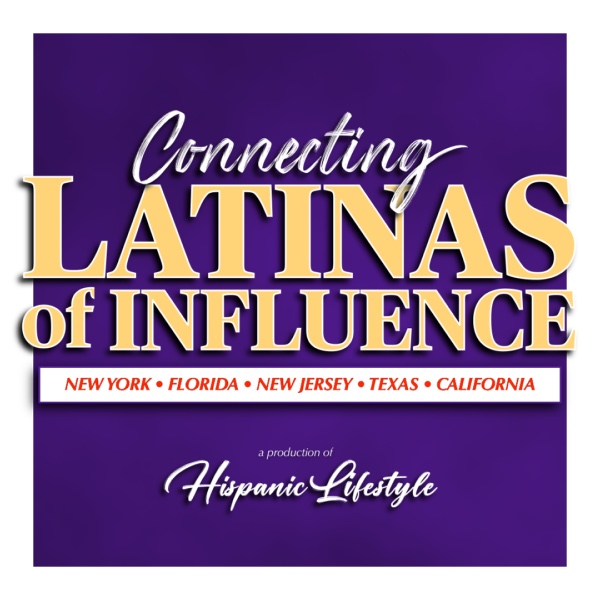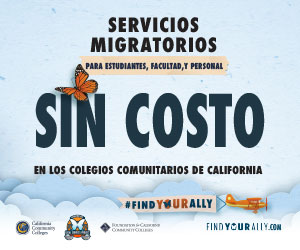
Fort Cavazos | Richard E. Cavazos first Hispanic American to earn the rank of four-star general
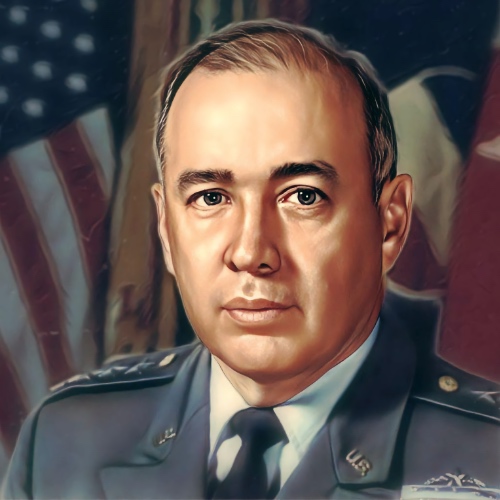
The Fort Cavazos redesignation ceremony took place on May 9, 2023.
Fort Hood, better known as the Great Place, was officially redesignated as Fort Cavazos in tribute to Gen. Richard E. Cavazos, the first Hispanic American to earn the rank of four-star general, during a ceremony at III Armored Corps Headquarters on May 9, 2023.
More than 400 dignitaries, military leaders, esteemed guests and community members gathered on Sadowski Parade Field to commemorate the event, share history and honor the late military leader. Several hundred more watched from remote viewing sites across the installation. The ceremony was also livestreamed to a national audience.
Commanding General III Armored Corps Lt. Gen. Sean C. Bernabe addressed the audience with praise and accolades for the military leaders and Soldiers working hard behind the scenes to make the event a success as well as the community’s continued support. He also addressed members of the Cavazos family.
“For over eight decades, this instillation has enjoyed the love and support of the Central Texas community,” he said. “A community that is quick to welcome newcomers, quick to offer a helping hand and quick to volunteer its services. For over eight decades, the Great Place has been the installation of choice nestled very tightly within a community of choice. Now, given the importance of this installation for our Army and for our nation, I can think of no better namesake than General Richard Cavazos.”
Guests heard remarks from retired Lt. Col. James M. Tucker and retired Lt. Gen. Randolph W. House, who served with Cavazos and recalled their service with humor and dedication.
Ninety-years-old Tucker, who served under Cavazos in Vietnam, regaled the audience with humorous quips about his years serving with the late military leader and conveyed his deep affection for Cavazos during an emotional speech.
“None of you ever knew him and loved him like I do,” he expressed. When I mention his name, I cry.”
House served as Cavazos’ aid during his service and later, his unofficial aid for 33 years after he retired in 1984. He conveyed the impact Cavazos made as a military leader.
“General Cavazos once told me if you’re lucky, you may meet one great man in a lifetime,” House expressed. “There are many people here today, who were very fortunate because we met General Cavazos, a humble Soldier and a truly great man by any standard.”
Fort Cavazos is one of nine U.S. Army installations being redesignated based on the Naming Commission’s recommendations to remove the names, symbols, displays, monuments and paraphernalia that honor or commemorate the Confederate States of America.
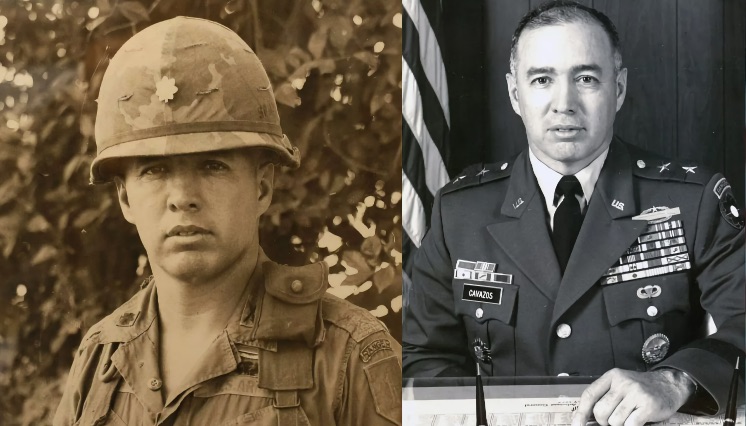 The Naming Commission aspired to support service members from diverse communities by giving military facilities “proud new names that are rooted in their local communities and that honor American heroes whose valor, courage, and patriotism exemplify the very best of the United States military.”
The Naming Commission aspired to support service members from diverse communities by giving military facilities “proud new names that are rooted in their local communities and that honor American heroes whose valor, courage, and patriotism exemplify the very best of the United States military.”
Cavazos had a long and distinguished career that spanned more than 30 years, with close ties to the post that is now his namesake, having served as the III Corps Commanding General for two years in the early eighties.
On May 25, 2022, the Naming Commission recommended that Fort Hood be renamed to Fort Cavazos, in recognition of Cavazos’s exemplary military service.
The Honorable Gabe Camarillo, Under Secretary of the Army, also acknowledged the Cavazos family and spoke about the significance of the redesignation and the humility of Cavazos.
“Much like the bond between the Cavazos family and the great state of Texas, today his legacy lives on and he continues to serve as a model for Army excellence,” he said about Cavazos. “And although General Cavazos is certainly worthy of all the pomp and circumstance of the special day, his family made very clear to us that he would have never wanted this recognition. He knew that there were many other deserving heroes whose names will never adorn an Army base and who never made it home from Korea or Vietnam. But this in many ways was who General Cavazos was,” Camarillo continued. “Selfless without condition, motivated by a deep love for his family, his Soldiers and his country. And those values live on in the great legacy of public service in the Cavazos family.”
Colonel Chad R. Foster, U.S. Army Garrison-Fort Cavazos commander, and Command Sgt. Maj. Calvin Hall, U.S. Army Garrison-Fort Cavazos command sergeant major, cased the Fort Hood colors and uncased the new installation colors, signifying the redesignation of Fort Cavazos at 9:58 a.m.
The audience watched on large monitors as members of the Cavazos family joined Bernabe to unveil the new Fort Cavazos sign.
“I know you will agree, there is no better namesake for our installation than Richard Cavazos,” Bernabe reiterated. “Let his name and all that it represents inspire us all every single day to live up to his legacy … as a warrior, as a Soldier, as a master trainer, as a military innovator, as a coach and mentor and as a humble servant leader.”
ABOUT GEN. RICHARD CAVAZOS
Fate brought Richard E. Cavazos into the American Century. But valor and leadership characterized his career of military service within it.
Cavazos was born on Jan. 31, 1929, in Kingsville, Texas, to Mexican American parents, Lauro and Thomasa Quintanilla Cavazos. His father was a World War I veteran who later became a ranch foreman of the King Ranch’s Santa Gertrudis division.
Cavazos grew up during the Great Depression and came of age during World War II. Eager to join the Army, he enrolled in the ROTC program at Texas Technical University right out of high school, and was commissioned into the Army right after graduation in 1951.
After attending the Infantry Officer Basic Course and Airborne Training, 1st Lieutenant Cavazos soon shipped to Korea, where he was the platoon leader of E Company, 2nd Battalion, 65th Infantry Regiment. The unit was known as the Borinqueneers and was primarily made up of Soldiers from Puerto Rico, many of whom only spoke Spanish.
It was during that war’s closing days that he first distinguished himself as a leader, rallying his men to make three separate charges on a well entrenched enemy position. Afterwards, he returned to the field five separate times to personally evacuate his wounded men before accepting treatment for his own injuries. Earning the Distinguished Service Cross – the nation’s second highest military honor for valor – for these actions, Cavazos had previewed the career that was to follow, characterized by personal courage, commitment to his soldiers, and dedication to his mission.
As the Korean War ended and the Cold War endured, Cavazos continued to serve the nation with distinction. During the 1950s and early 1960s, he served as a student in several Army programs for officer development, rising through the ranks and enhancing his skills. A sixth generation Texan, he also returned to the ROTC program at Texas Tech for three years as a professor of Military Science.
When the Vietnam War began, then-Lt. Col. Cavazos was ready to bring men into battle once more: he commanded 1st Battalion, 18th Infantry Regiment, often fighting in the field – and frequently leading from the front.
In 1967, he was once again awarded the Distinguished Service Cross for rallying his men through an ambush, organizing a counterattack, and leading several maneuvers to repulse and destroy extensive enemy defenses, repeatedly exposing himself to enemy fire in the process. Throughout his career, Cavazos continued to combine personal valor with commitment to his troops and dedication to his missions, additionally earning two Legions of Merit, a Silver Star, five Bronze Stars, the Purple Heart, and many other medals and awards for exceptional service in war and peace.
Although he completed his career in peacetime, Cavazos continued to keep the soldiers under his command combat ready, striving to promote our nation’s security. He served in the Army’s strategic branches at the Pentagon and as Defense Attaché to the Embassy in Mexico.
Becoming the first Hispanic-American promoted to brigadier general in 1973 and continuing to rise throughout the decade, Cavazos commanded the 9th Infantry Division, and III Corps back in central Texas. In 1982, he became the first Hispanic-American to pin on four stars. His final assignment as head of the U.S. Army Forces Command fittingly summarized his career of service by placing him at the head of sustaining, training and deploying all the Army’s deployable forces.
Cavazos retired from the Army in 1984 after 33 years of service.
Never forgetting his Texas roots or his time serving there, Gen. Cavazos retired to his native state and continued to serve as a mentor to the Battle Command Training Program – an initiative to ready officers for combat leadership that Cavazos himself had started. During his 33 years of retirement, Cavazos lived in San Antonio, Texas, and was credited with mentoring many Army commanders.
He died Oct. 29, 2017, and is buried at San Antonio’s Fort Sam Houston National Cemetery.
As a veteran of two modern wars and a longtime leader of soldiers, Gen. Richard Cavazos’ service demonstrates excellence at every level. His 20th century service will inspire soldiers as they continue those traditions of excellence into the 21st.



